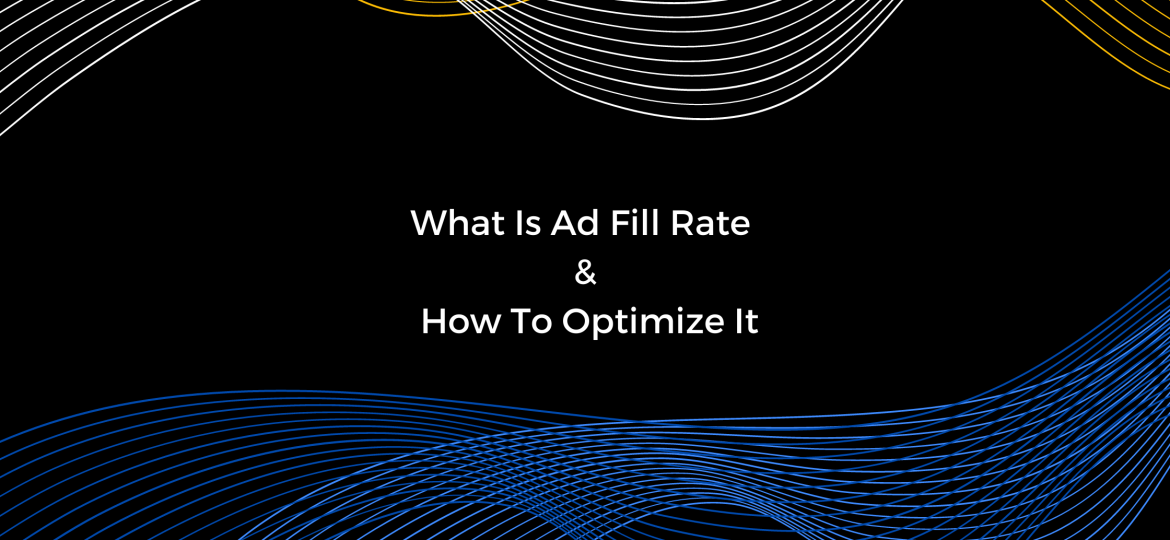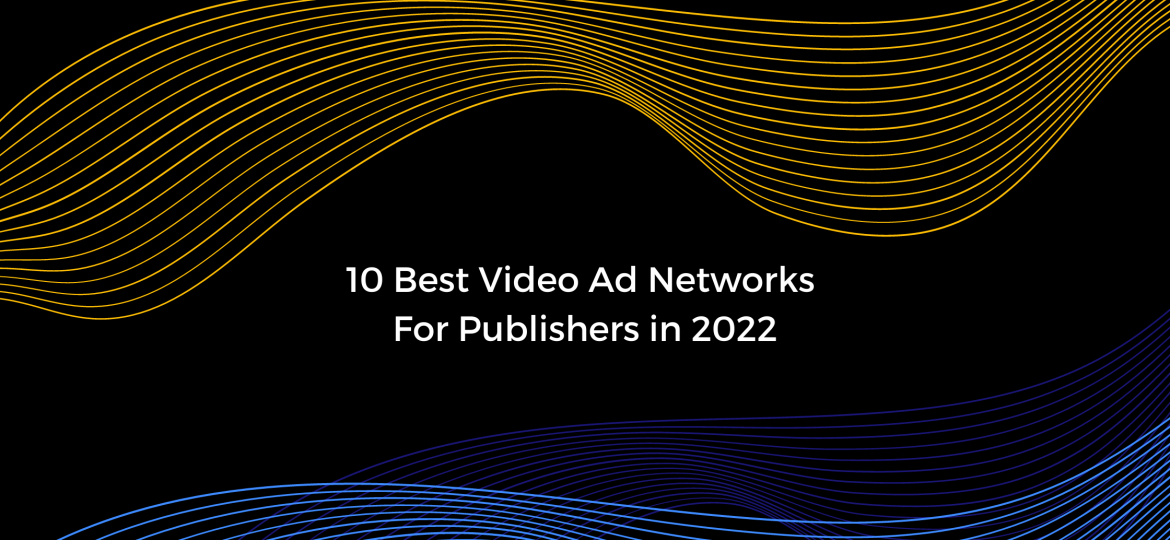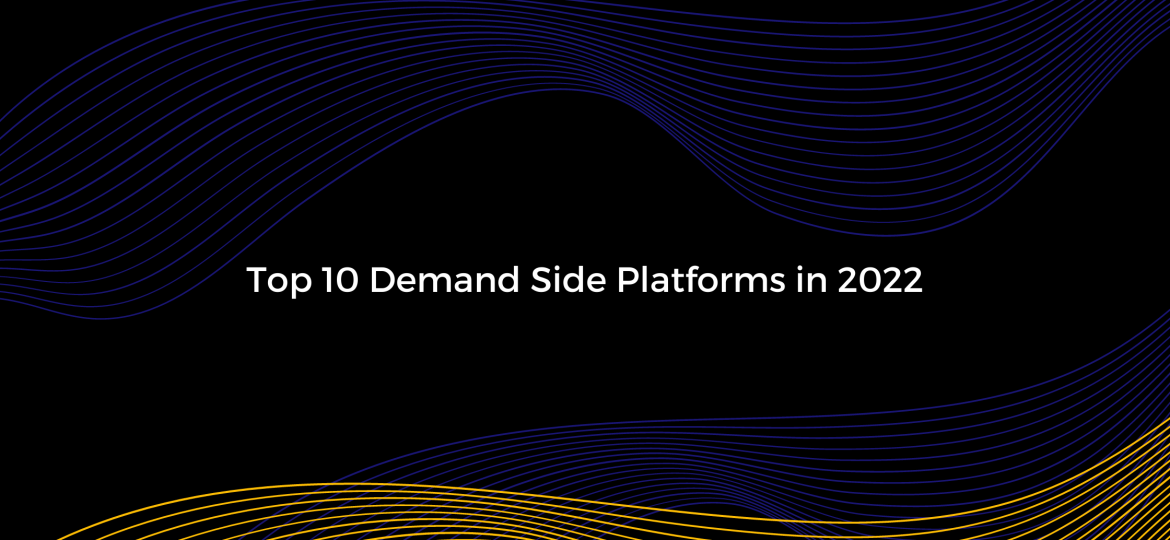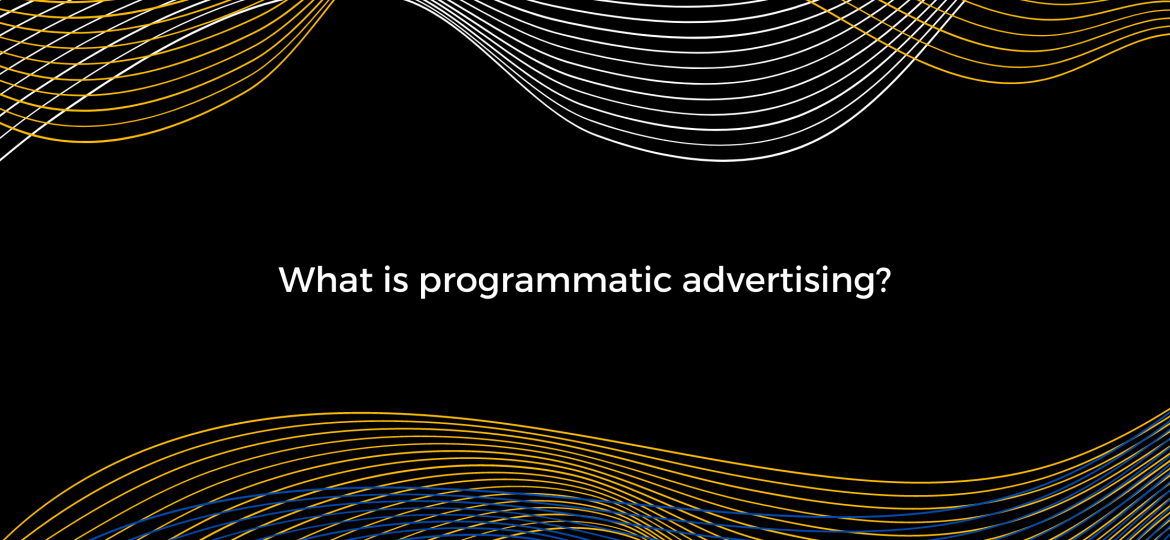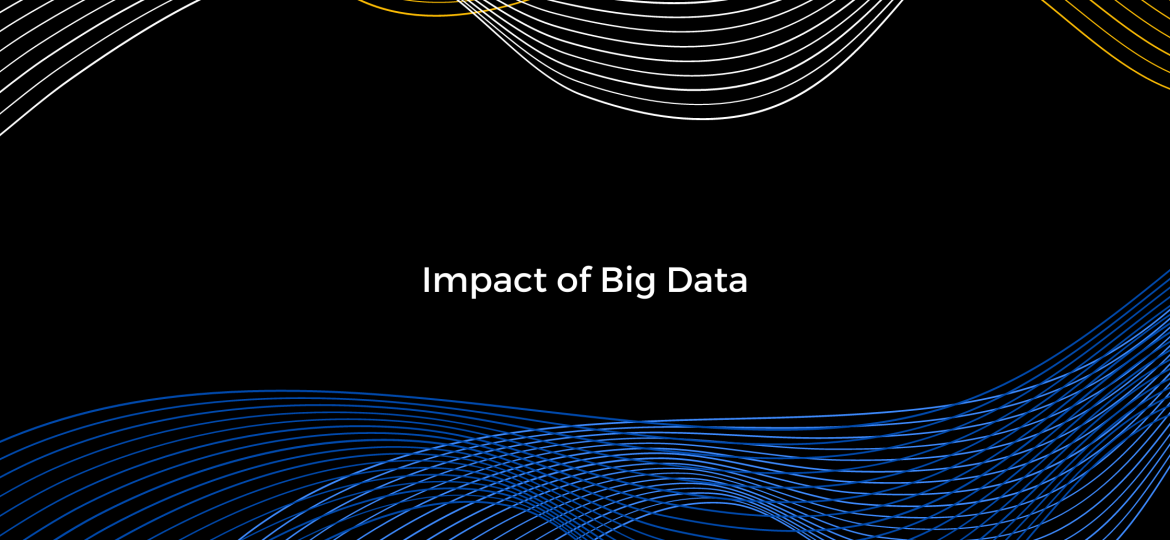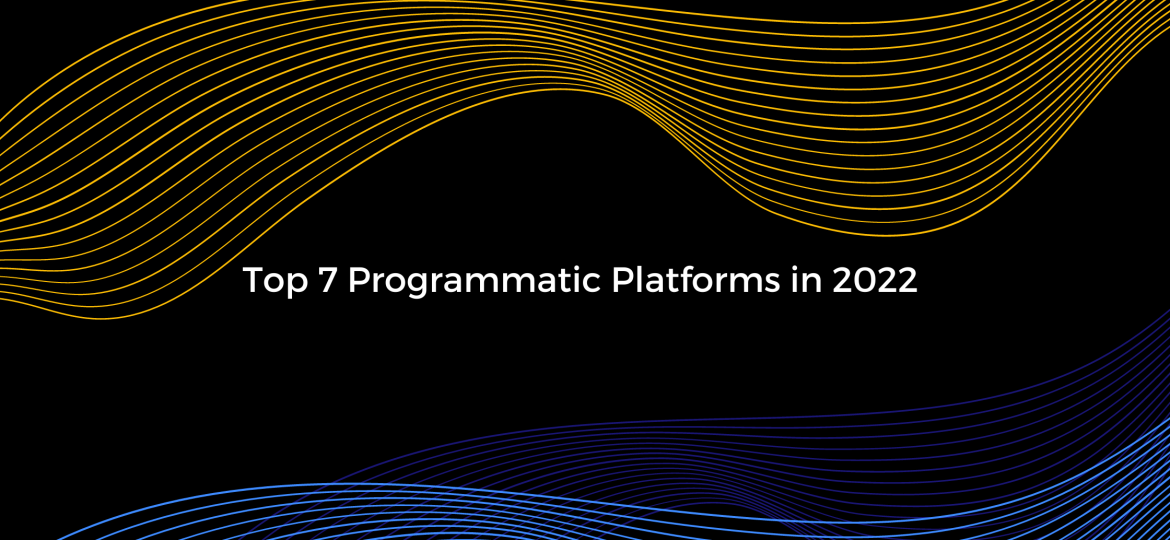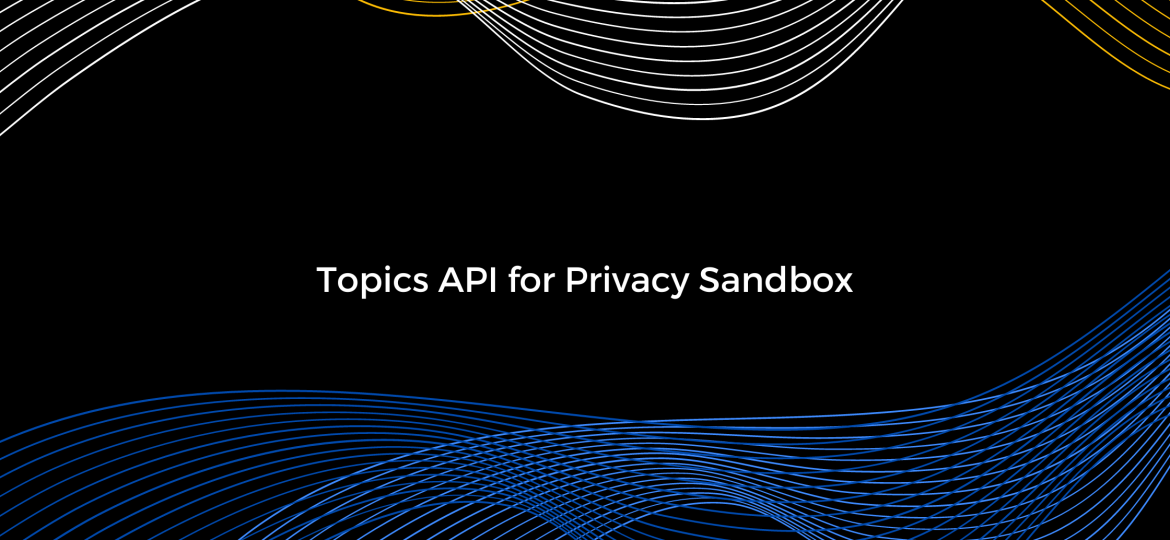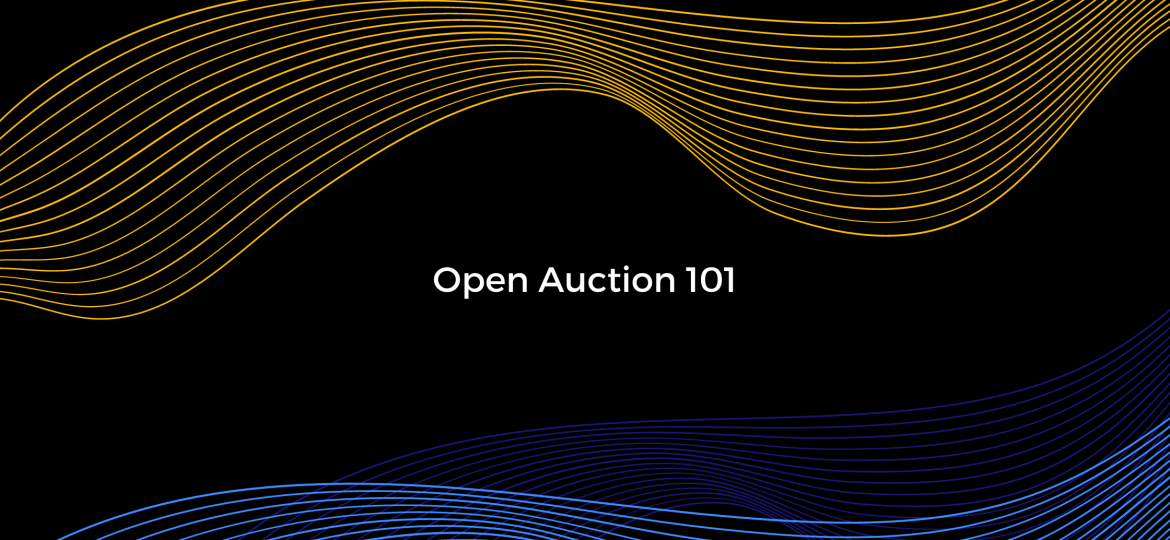In web monetization, there are many numbers you need to be constantly aware of. Ad Fill Rate is one of them. But what does it stand for? What determines it? How can you optimize your fill rate and is it supposed to be 100%? Read below to find out the answers to these questions and more. What is Ad fill rate? The fill rate represents the ratio between the number of successfully delivered ads versus the number of ad calls made. Or, to put it simply, fill rate is the percentage of ad calls that resulted in a filled ad spot. How do you calculate it? You can calculate your fill rate as follows: Divide the number of ads served by the total number of ad requests. Then, multiply by 100 to get a percentage. So for example, if 60,000 ads were delivered out of 100,000 ad calls, that gives you a 60% fill rate. Should you aim for a 100% fill rate? As you’re probably aware, reaching a 100% fill rate is almost impossible. But should you actually strive to achieve a perfect fill rate? Not really. Your fill rate is just one of the indicators of monetization success – and a high fill rate doesn’t always mean higher revenues. Usually, as the fill rate increases past a certain point, CPM rates will decrease. After your premium ad inventory is filled with top-paying ads, the remnant inventory that’s left will generally be filled at progressively lower rates. It’s best…
Ad Tech
Video content has gained impressive popularity. It’s engaging, it’s creative, and it’s mobile-friendly. Hence, video advertising has also been widely used. Many businesses (86% to be exact) use video marketing to generate buzz about their products. And publishers are eager to maximize video ad revenue. As a result, there are more and more ad networks specializing in video monetization. That’s why we decided to take a closer look at video advertising and what are the best ad networks to explore. What is video advertising? As the name suggests, these are ads that involve video content. There are in-stream ads that appear before, during, or after video content (called pre-, mid-, and post-roll, respectively). These could be considered irritating at times, so to ensure a good user experience, publishers take different measures. They may allow users to skip pre-roll ads after 5 seconds, limit the number of video ads shown per video, or refrain from using mid-roll or post-roll. There are also outstream ads that are displayed alongside static content (in-content or as a sticky). These use existing ad units and do not require publishers to offer video content. The IAB categorizes video ad formats into three groups: Linear video ads – videos shown before, during, or after the video content. Non-linear video ads – videos shown along with video content without interrupting it (i.e. overlays). Companion ads – display ads, or banners, shown alongside the video. What is a video ad network? Ad networks are intermediaries that help advertisers and…
Demand Side Platforms have been a major part of programmatic advertising. But as they grew in popularity, they grew in numbers, making it harder to choose the best one. Our article is here to help. It starts off by covering what a DSP is and what it does and continues with a useful list of some of the most sought-after platforms. What is a demand-side platform (DSP)? As the name suggests, DSPs cater to the demand side in digital advertising, i.e. advertisers, ad agencies, and app developers. It enables them to create ad campaigns and buy ad inventory from publishers. The ad impressions are sold via real-time bidding (RTB). To improve the process, DSPs use data from Data Management platforms (DMPs). What are its benefits? The advantages of using a DSP include: Advertisers can connect to various Ad exchanges and Supply-side platforms (SSPs), and gain better access to ad space All connections are managed via a single interface Allows for multi-channel campaigns and cross-channel retargeting Better targeting capabilities for audience segments based on demographics, online user behavior, etc. Top DSP List Whether they offer a multichannel approach or mobile-only, a self-service or managed solution, each platform has its strengths and key selling points. Here is a selection of some popular DSPs worth exploring. Adcolony Adcolony (part of Digital Turbine) has been around since 2011 and is dedicated entirely to mobile advertising. It has a vast total reach of more than 1.5 billion users, including a direct supply of 135 million…
The digital advertising landscape has changed significantly over the past one or two decades. Technology that used to be considered innovative and even futuristic is now standard practice. Programmatic advertising is one of those technologies – and we’re here to explain how it works, who uses it, and how they benefit from it. The definition Programmatic advertising means buying and selling digital advertising in real-time through the use of automation. Back in the day, what was carried out by people and involved things like proposals and negotiations, is now done by machines. Through the use of complex algorithms, Artificial Intelligence, machine learning, etc., the process forgoes manual labor (or most of it). Thus, it is quicker, more efficient, and fault-proof. Who uses it? It is used by both sides of the digital advertising ecosystem: the sell-side (publisher) and the buy-side (advertiser). What makes programmatic advertising tick? When the media buy happens programmatically, it takes into account predefined characteristics. For example, the publisher sets their desired price or price floor. The advertiser sets the price they’re willing to pay, their target audience, etc. What types of programmatic are there? Programmatic technology is used in several different ways, such as: Real-time bidding (RTB) – These are real-time auctions that happen as the page is loading. An ad impression is put up for sale by a publisher (the seller). The advertisers (the buyers) place their bids. The bidding happens in a cascading manner (called a ‘waterfall’) where advertisers bid one after the other….
A decade ago, “Big Data” was still a pretty vague term. But a lot has changed since then. The concept has become an important part of the digital advertising industry. So much so, that data is considered its ‘currency’. The success of many businesses and their ability to stay relevant and competitive is determined by their preparedness to collect and analyze data. We’re talking gigantic amounts of it. And the benefits it brings are significant. How it all works and what it does, we’re here to learn more. Let’s talk about what Big Data is and how it’s been shaping the ad tech industry. What is Big Data? Big Data is a term that describes large amounts of information, both structured and unstructured, that needs advanced technology to be processed and analyzed. We all know that users generate data all the time by carrying out simple tasks: browsing the internet, shopping online, using mobile applications, etc. Some of this data is structured, which means it consists of clearly defined data types with patterns that make it searchable. On the other hand, a lot of the data is ‘chaotic’. That’s qualitative data that hasn’t been structured using a predefined model. It comprises up to 80% of all data and includes images, videos, social media posts, etc. that are hard to manage. However, the use of new technology such as artificial intelligence has made it possible to harness it. This way, companies have access to more and new types of data to…
Data has been an extremely important factor in digital advertising in recent years, with more and more strategic decisions revolving around it. Marketers, agencies, and publishers want and need to utilize data intelligently, and this is where Data Management Platforms (DMPs) come into play. How do they work and what are the best platforms to use? Read below to find out. What is a DMP? A DMP collects, organizes, and analyzes audience data. This includes first-, second-, and third-party data (demographics, behavioral data) from various channels, such as desktop, mobile, etc. As opposed to enormous, raw information, DMPs present information in a digestible way. This way, different actors in the digital advertising ecosystem can pull valuable, actionable insights. As we mentioned in our latest article on the Who do DMPs help and how? DMPs help advertisers as they are crucial for data-driven marketing. They allow marketers and ad agencies to better target their audience by creating audience segments, profiles, etc. This way, advertisers can identify new leads, optimize their advertising campaigns, and improve media buys via real-time bidding. Publishers also benefit from the use of DMPs. By better knowing their audience, they can improve on-site personalization and content, resulting in higher engagement and ultimately, better ad inventory monetization. In that sense, a DMP’s job is important for DSPs, SSPs, and ad exchanges alike, in order to inform ad-buying decisions. The 6 best DMPs in 2022 To give you an idea of the leading companies out there, here is a list…
In recent years, there has been a huge emphasis on automation in digital advertising. For example, in the U.S. alone, programmatic digital display ad spending in 2022 is expected to amount to 115B dollars. Understandably, now more than ever, programmatic advertisers and publishers are vigilant about the monetization partners they choose. Our article aims to give you insight into the nature of programmatic advertising, the types of platforms, and how to choose the right one. We also provide a list of some of the best programmatic advertising platforms. What is a programmatic advertising platform? It facilitates the purchase, sale, and management of digital advertising through the use of automation. Such tools streamline the entire process and enable ad placement, performance analysis, campaign optimization, etc. across devices. Different types of platforms play different roles in the ecosystem so that everything works together in synergy. Types of programmatic platforms Generally speaking, the types of platforms are as follow: DSP (Demand Side Platform) – works on the advertiser side, enabling brands, agencies, and app developers to purchase advertising inventory SSP (Supply Side Platform) – works on the publisher side of things, allowing publishers to sell their ad inventory Ad Exchange – essentially serves as the marketplace where advertisers and publishers meet Data Provider (i.e. DMP) – used to collect, store and analyze user data, which lets advertisers target their ideal prospects, while publishers can better understand their audience. How to choose a programmatic platform The short answer is: by considering your particular needs…
In recent years, mobile usage has been gaining increased popularity, with more people accessing the internet through their mobile devices as opposed to desktop machines. The ad industry has responded accordingly. The various mobile-specific ad networks out there are a great way for publishers to monetize their mobile web and in-app inventory. If you’re trying to find the right one for your needs, however, it may seem like a challenge. Because a ‘good’ ad network can mean different things. That’s why we put together this list of the best mobile ad networks for publishers to help you differentiate between some of the most popular names in the industry. AdColony Ever since it was established in 2011, AdColony has built a solution that relies on top-notch technology, high-quality demand, and abundant ad formats. It was created with mobile app developers in mind and has a reach of more than 1.5 billion users globally. The company offers many innovative monetizing methods such as Instant-Play™ HD video, Aurora™ HD video, and playables, which include engaging ad formats like instant play, vertical video, interactive video, etc. It supports the CPM, CPA, CPC, CPCV, and CPI, advertising models. AdColony is part of the Digital Turbine platform. Start.io (formerly known as StartApp) Start.io is a mobile marketing and audience platform, founded in 2010. Through its direct integration with one million mobile apps, it has access to valuable first-party data. As a result, the company aims to empower its clients to use this advanced data insight to…
On January 25, 2022, Google announced Topics, a new Privacy Sandbox proposal that will replace their previous one, called Federated Learning of Cohorts (FLoC). Both FLoC and Topics have to do with increasing privacy of individuals and Google’s plans to stop using third-party cookies on Chrome. The cookiepocalypse, as the term has been coined, has been delayed for 2023, and Google is trying to find a solution that will still allow for online advertising to continue thriving without the invasion of user privacy. What is Topics API? Topics API is meant to create grounds for interest-based advertising. The browser will collect information about the user’s top five topics of interest on a weekly basis based on his or her browsing history. The topics will be stored for three weeks on-device and then deleted from the browser. The Topics API will share only one topic from each of the previous three weeks (a total of three) with the sites you visit and their respective advertising partners. Chrome users will be able to see which topics are selected for them, delete any they don’t find relevant, or disable the functionality entirely. Google has reported that Topics API will be human-curated to not include any sensitive topics, such as gender, race, and religion. How does it work exactly? Each website will get a high-level topic “label” from the API, selected from a human-curated list of topics. Currently, the proposed list contains about 350 topics, a combination between Google’s own taxonomy and the IAB…
Today, you can sell your website inventory programmatically in various ways. First and foremost, when we think about programmatic auctions, we think of real-time bidding (RTB), a.k.a. the Open Auction. In this article, we will take a closer look into what exactly Open Auction is, what are its advantages and disadvantages, and how it differs from Programmatic Direct deals. What is Open Auction? Open Auction is commonly known as RTB, and/or open marketplace, open exchange. This is currently the most popular way of trading one’s inventory programmatically and it has both its pros and cons, which we’ll look at in a bit. In an Open Auction, all demand sources on the selected platform are allowed to bid for the specified units, while publishers can set price floors and block certain advertisers and/or ad types. RTB has the lowest priority in the ad server, second only to house ads, and is most suitable for monetizing your remnant inventory. Currently, most open marketplaces run on first-price, meaning that the highest bid wins and the publisher takes a share of that price, depending on the platform’s terms. Advantages Accessibility: easy and quick setup that can be utilized by publishers of all sizes; Wide demand pool: ideal for monetizing any unsold impressions and maximizing your revenue; Hassle-free setup and optimizations: great for new publishers with less experience and no advertiser connections yet. Just a few simple steps to get started. Make changes to the setup at any time; Inventory control: publishers decide on the…


